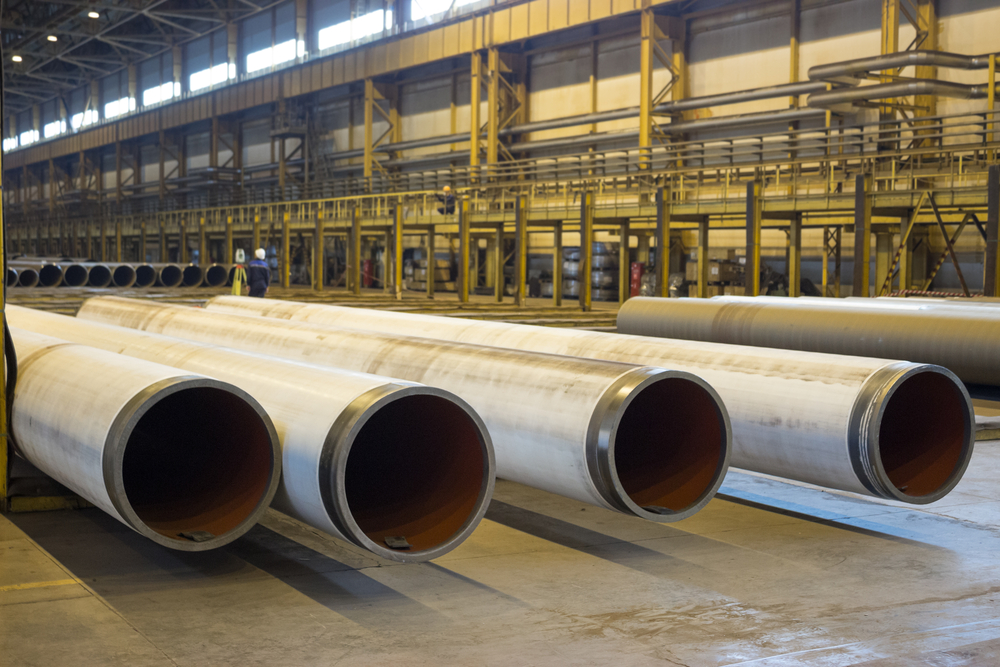
You might believe we’re just blowing smoke, but hang on tight. We’re about to launch into a topic that has always demanded your attention: dewatering. Despite initial impressions, dewatering is rife with many techniques, pipe systems and procedures that may initially sound like a foreign language. But hang in there because you’ll be discussing dewatering pipes with the same ease as chatting about your favorite baseball team by the end.
Decoding The Dewatering Conundrum
Dewatering. It’s not an enigmatic cryptic puzzle but a vital, practical technique to remove surplus water. It’s akin to lending Mother Nature extra hands to enhance her plumbing abilities.
When the Land Needs a Dry Spell: The Imperative Side of Dewatering
Now, why would you want to dismiss water, you might wonder? Well, things can go sideways when there’s excess water in the ground, particularly during construction. Imagine laying a foundation while wrestling with an unruly water spring. Sounds messy, doesn’t it? That’s where dewatering steps in, ensuring things stay dry and firm.
Navigating Dryland: Varied Techniques of Dewatering
Let’s dive into the nitty-gritty – the diverse methods of dewatering. There’s a broad spectrum of processes, each as varied as a selection of chocolates at a confectionary shop designed to meet unique requirements.
- The Reliable Duo: Sumps and Ditches
This method is as simple as it gets – using sumps and ditches to gather and channel away water. It’s a basic, hands-on approach, like using a bucket to scoop water from a leaky boat.
- The Surface Skimmer: Shallow Well System & Dewatering Pipes
It is where our stars, the dewatering pipes, take center stage. The shallow well system deploys these to drain water from shallow depths of less than 6 meters. If the water were a kangaroo, these wells would only nab the ones hopping close to the ground surface.
- Deep Wells: The Dewatering Titans
Meet the deeper, more robust counterpart of the shallow well. Deep or bored well systems leverage the pipes to extract water from considerable depths, even up to 45 meters. These are like the Indiana Jones of the dewatering world, delving where shallow wells hesitate to wander.
- The Team Effort: WellPoint Systems
This approach is a coordinated endeavor, with an array of tiny, shallow wells (well points) connected to a central dewatering pipe. Imagine it as a vigilante squad, but instead of fighting crime, they’re battling groundwater.
- The Vacuum Talk with Vacuum Systems
Vacuum systems are the hoovers of dewatering. They draw water out of the ground, with solid dewatering pipes acting as reliable conduits. Just remember to “empty the bag” at the end.
- Cement Grouting: An Impenetrable Defense
Cement grouting is a powerful way to roll up our sleeves and directly meet the water challenge. This process involves introducing carefully crafted grout into the earth to create a sturdy, water-repellent blockade, like bestowing upon the ground its impenetrable fortress.
- The grout can be a fine amalgamation of numerous ingredients, each delivering its unique function. At times, a basic mixture of cement and water fits the bill. On other occasions, a complex blend of cement, rock flour and water may be the hour’s call.
- Various combinations of cement, clay and water or cement, clay, sand and water can culminate in a potent grout mix.
- Depending on specific soil types, asphalt, clay and water might be the optimum solution.
- Additionally, a multitude of different chemicals could add a sprinkle of scientific ingenuity to the blend.
- Chemistry at Work: The Chemical Process
Remember those chemistry experiments at school? The chemical dewatering method utilizes specific chemicals to solidify the soil and keep the water out. It’s a touch of scientific intrigue in the world of dewatering.
- Cold Strategy: The Freezing Process
In an unexpected twist, the freezing process uses the power of cold to solidify water and stabilize the ground. Imagine popping a water-filled balloon into the freezer, only to achieve a far more complex and precise outcome.
- Electric Slide: The Electro-Osmosis Method
This technique involves applying an electric current to propel water into the ground. It’s akin to coaxing the earth into doing the electric slide dance – with a tiny jolt of electricity for encouragement.
- Shake It Off: Vibro Floatation
Envision if you could shake the water out of the ground. That’s close to what vibro floatation does, using vibration to consolidate loose soil and decrease water content.
At the heart of it all, be it deep wells, shallow wells, trenches or the mighty dewatering pipes, all these methods ensure our worksites remain dry and safe. It’s as essential as a trusty pair of gumboots keeping your feet dry in a downpour.
Well, there you have it. Who said plumbing couldn’t be an absolute rip-snorter of a tale?
Going Deeper with Dryness: Your Dewatering Companion Awaits
Ready to dive into the dewatering deep end with confidence? Bigfoot Pipe & Piling can equip you with sturdy dewatering pipes to keep your site as dry as a bone. Why just dip a toe when you can take the full plunge with the best? Get in touch with us because when it comes to dewatering, we don’t just step up to the challenge; we leave a footprint.
So, here’s your chance! Let us be your trusted sidekick in the incredible world of dewatering. Time to turn the tide on excess water today!
